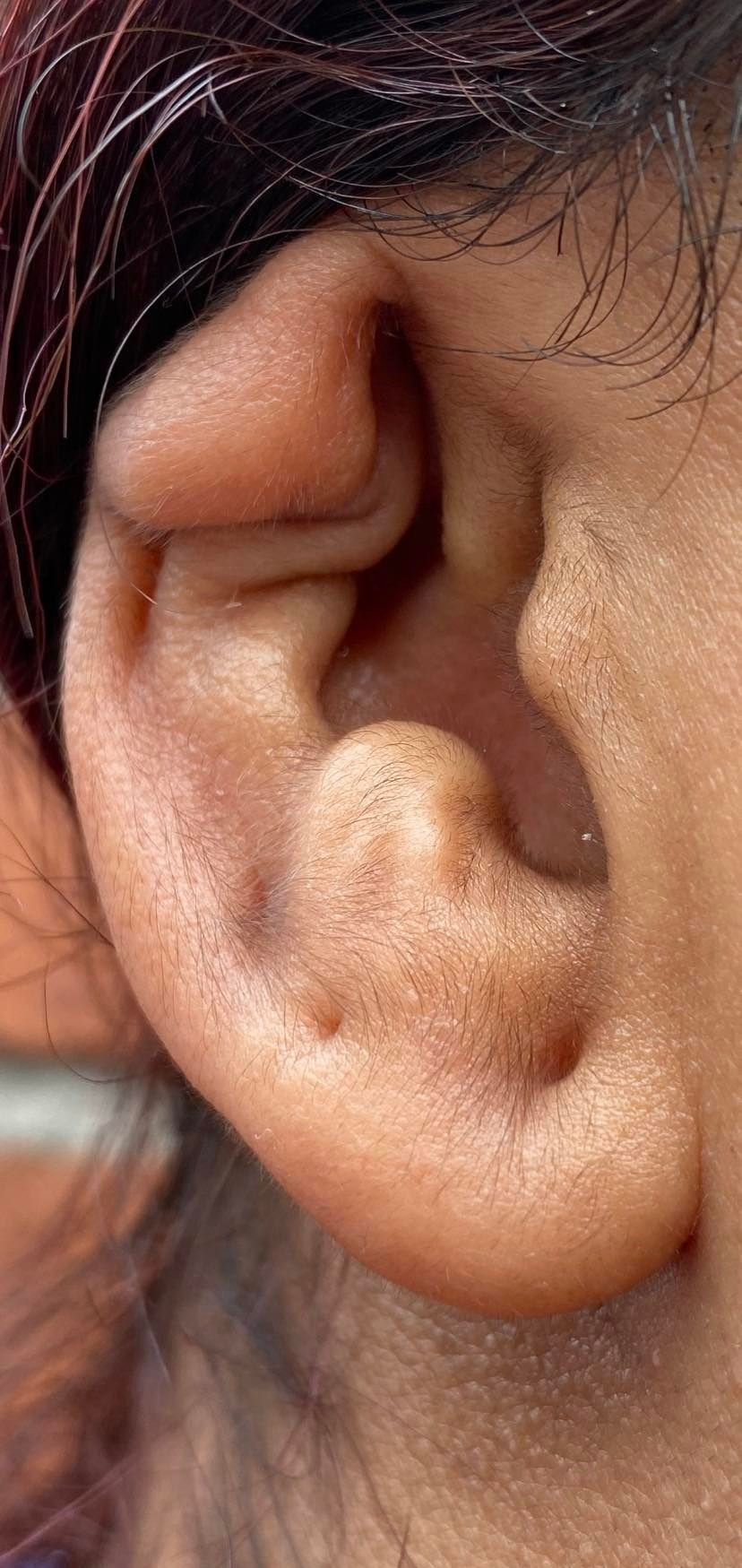How to Care for Your New Piercing: A Comprehensive Guide to Aftercare and Healing
- Nico Salt
- Aug 20, 2024
- 2 min read
Welcome to this guide on caring for your new piercing! Whether it's your first piercing or you're adding to your collection, proper aftercare is vital for ensuring a smooth healing process and preventing infections. In this comprehensive guide, we will walk you through the essential steps to keep your piercing clean and healthy.
Understanding Your Piercing
Before diving into aftercare procedures, it's crucial to understand the type of piercing you have. Different piercings require specific care routines, so make sure you're aware of the intricacies of your particular piercing. Whether it's an earlobe, cartilage, nose, lip, or belly button piercing, knowing the specifics will help you tailor your aftercare routine for optimal results.
The Aftercare Routine
1. Clean Hands, Clean Piercing
The first rule of piercing aftercare is to always wash your hands before touching your piercing. This simple step can prevent the transfer of bacteria and reduce the risk of infections. Use a gentle, fragrance-free soap to cleanse your hands thoroughly.
2. Gentle Cleaning Solution
To clean your piercing, if you haven't purchased aftercare soloution (however, we absoloutely reccomend Piercemed/Neilmed and only suggest DIY soloution if you're caught short!) then you can create a saline solution by mixing 1/4 teaspoon of sea salt with 8 ounces of warm water. Gently clean around the piercing site using either gauze, or q-tips soaked in the solution. (Or sprayed directly onto the piercing then remove gently using the gauze/q-tip. Avoid using alcohol or hydrogen peroxide as they can be too harsh for your healing piercing.
3. Avoid Harsh Products
When it comes to cleaning your piercing, less is more. Avoid using harsh soaps, alcohol-based products, or ointments that can irritate your skin. Stick to simple saline solutions and let your body's natural healing process do its magic.
4. Say No to Touching and Twisting
Resist the temptation to touch or twist your piercing, as this can introduce bacteria and delay the healing process. Let your body heal naturally, and avoid unnecessary manipulation of your new piercing.
5. Watch for Signs of Infection
While some redness and swelling are normal during the initial healing period, be vigilant for signs of infection. If you notice excessive redness, pus, severe swelling, or persistent pain, consult your piercer or a healthcare professional promptly.
6. Keep Your Hair Away
For piercings near your hairline, make sure to keep your hair tied back and away from the piercing site. Loose hair can introduce dirt and bacteria, increasing the risk of infection.
7. Practice Good Sleeping Habits
If your piercing is on the face or ear, be mindful of your sleeping position. Avoid sleeping on the side of the new piercing to prevent irritation and promote faster healing.
Final Thoughts
Caring for your new piercing is a blend of proper hygiene, patience, and attentiveness. By following these aftercare guidelines, you can ensure a smooth healing process and enjoy your new piercing without complications. Remember, each body is unique, so don't hesitate to reach out to your piercer if you have any concerns during the healing period.

Here's to healthy and happy piercings!
May your new piercing journey be filled with style and wellness!




Comments